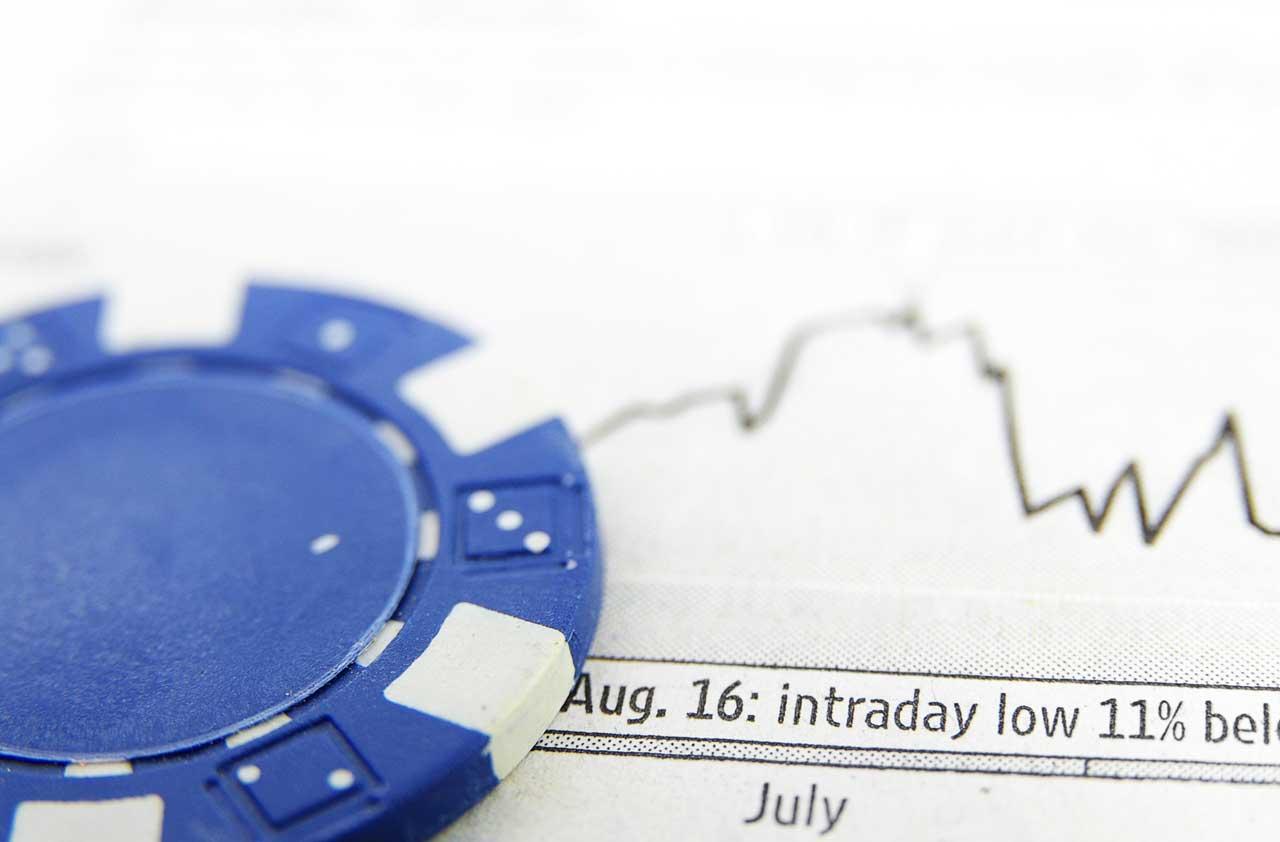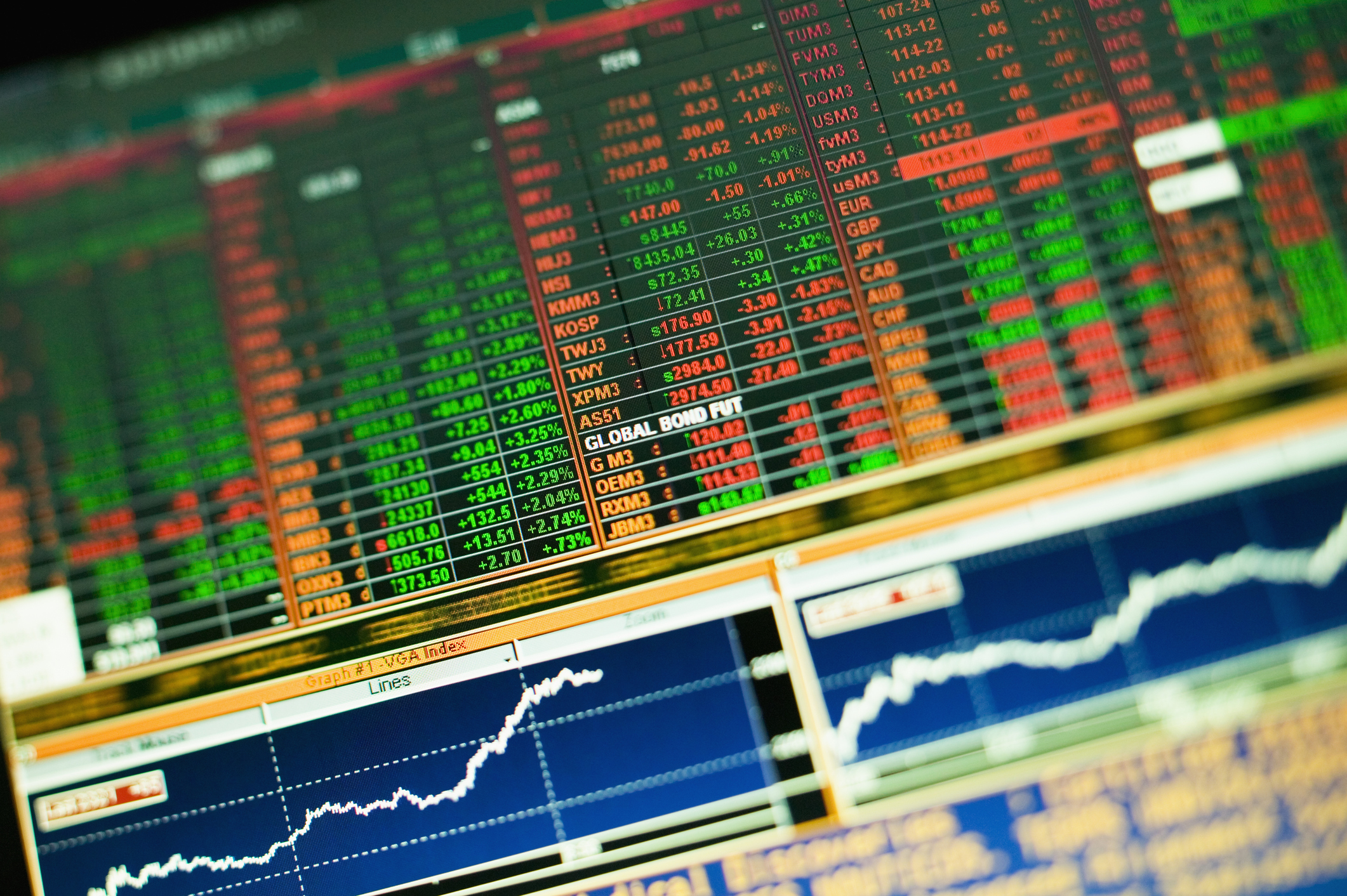6 Best Dividend ETFs for Blue-Chip Income


Large-cap dividend ETFs are a popular way to invest for income, with these exchange-traded funds providing access to hundreds if not thousands of dividend-paying blue chip stocks, often at extremely low annual costs.
What makes these ETFs particularly attractive is that they focus on high-quality yield, rather than on the highest (and often riskiest) yield.
The large-cap nature of these ETFs’ holdings means you’re investing mostly in companies that have attractive balance sheets and ample cash flow. That, in turn, means you’re getting stocks that are more likely to hold up in market downturns thanks in part to their income, but also because the companies they represent are less likely to collapse than smaller businesses with shallower financial resources.
In fact, some of these ETFs even use dividends as a measure of quality, relying on the idea that a company that has made regular cash payouts for several years is more financially stable than those that do not.
Looking to fortify your dividend portfolio? Here’s a look at six large-cap dividend ETFs that provide ideal blends of income and durability.
Data is as of Oct. 3, 2017. Click on ticker-symbol links in each slide for current share prices and more. Yields represent the trailing 12-month yield, which is a standard measure for equity funds.

Vanguard Dividend Appreciation ETF
- Symbol: VIG
- Share price: $95.28
- Market value: $25.3 billion
- Dividend yield: 2.0%
- Expenses: 0.08%, or $8 annually on a $10,000 investment
The Vanguard Dividend Appreciation ETF illustrates something that every investor should pay attention to: Some large-cap funds that include “dividend” in their name may deliver quite modest yields. In fact, the top 25 large-cap dividend ETFs by assets under management yield just 2.77% on average – little better than the 2.32% yield on 10-year Treasuries right now.
Either looks relatively generous compared to the 2.0% headline yield on VIG, but that’s OK – the point of this fund is not yield.
Vanguard Dividend Appreciation is a collection of 185 stocks that have increased their regular payouts annually for at least 10 years. This acts as a signal of quality – essentially, the fact that these companies are both willing and able to consistently upgrade their payouts indicates they have investors’ best interests in mind, and strong enough operations to do so.
There’s also “yield on cost” to consider. That is, while VIG yields a mere 2% at current prices, as the fund’s constituents hike their payouts over time, holders of this ETF will enjoy a better yield based on their original buy-in cost. To wit, VIG has paid out roughly $1.95 in dividends over the past four quarters – 31% more than it paid out during the comparable period of time four years ago. And investors who bought in at the start of 2013 are enjoying a 3.2% yield on cost right now.
VIG’s portfolio is well spread out among several sectors, though most heavily concentrated in industrials (32%), followed by consumer services (15%) and health care (14%). Top holdings include dividend stalwarts such as Microsoft (MSFT), Johnson & Johnson (JNJ) and PepsiCo (PEP).

ProShares S&P 500 Dividend Aristocrats ETF
- Symbol: NOBL
- Share price: $59.87
- Market value: $3.1 billion
- Dividend yield: 1.9%
- Expenses: 0.35%
If you view longtime dedication to dividend growth as a strong sign of equity quality, you could go a step further than VIG with the ProShares S&P 500 Dividend Aristocrats ETF.
Yes, those Dividend Aristocrats.
The NOBL invests in the 50 members of this elite income group, where inclusion requires each company to have increased their regular payouts annually for a minimum of 25 consecutive years. While a 10-year minimum is impressive, maintaining and regularly raising payouts for at least a quarter of a century implies that these companies have done so through at least the dot-com bubble and the 2007-09 bear market – and several components have survived even older disasters.
Needless to say, the Aristocrats are significantly more exclusive than the 10-year Achievers.
This ProShares fund equal-weights its holdings at every rebalancing, meaning each stock – whether it’s $237 billion behemoth Walmart (WMT) or $6 billion Leggett & Platt (LEG) – has as much effect on the ETF’s results as the rest. In such a small portfolio, this helps reduce the risk that a crash in any one stock will cripple the fund’s performance.

iShares Core High Dividend ETF
- Symbol: HDV
- Share price: $86.43
- Market value: $6.5 billion
- Dividend yield: 3.3%
- Expenses: 0.08%
If you’re looking for substantially more yield than what’s on offer from the broader market (Standard & Poor’s 500-stock index delivers about 1.9% at present), you’ll want to look at so called “high dividend” funds like the HDV.
Again, keep your expectations tempered – the iShares Core High Dividend ETF still delivers just more than 3% in yield, but it’s a clear improvement on the market average, and this fund ensures you’re still invested in big, stable blue-chip stocks.
This iShares fund typically invests in 75 high-yielding stocks that meet a number of screening requirements for things such as financial health, profit expectations and dividend sustainability. And while the fund can select companies big and small, it’s decidedly large-cap heavy, with an average market capitalization of $134 billion.
Companies then are weighted by the total dollar amount of dividends paid, which results in one important risk that any potential buyer should consider – high single-stock concentration. Specifically, the fund is extremely overweight in ExxonMobil (XOM, 8.7%), AT&T (T 8.3%) and Verizon Communications (VZ, 6.4%). These companies are financially stable, and clearly help contribute to the fund’s better-than-market-average yield. However, a big drop in any one will create an outsize drag on HDV’s performance.

ALPS Sector Dividend Dogs ETF
- Symbol: SDOG
- Share price: $44.44
- Market value: $2.3 billion
- Dividend yield: 3.3%
- Expenses: 0.4%
The ALPS Sector Dividend Dogs ETF takes its name from the “Dogs of the Dow” strategy, in which one invests in the 10 highest-yielding components of the 30-component Dow Jones Industrial Average, then repeats the process once a year. The idea is more than just a yield grab – it’s anchored in the thought that a high yield in an established blue-chip company is a sign that the stock is oversold. (Remember, dividend yields rise as share prices fall.)
The benefit is twofold, then: income, sure, but also the potential for above-average returns as Wall Street gets keen to the inherent value of these large caps.
The SDOG adds a more complex twist to this, but one that helps with diversification. For starters, it usually holds a total of 50 high-yielding stocks, so five times more than the Dogs of the Dow. The 50 stocks represent the five highest-yielding stocks from 10 different sectors of the S&P 500. It then adds yet another element of safety by equally weighting all of the holdings.
The average market cap of $42 billion still means the ETF’s holdings largely fall in the large-cap territory, but it does own a few mid-cap stocks, including People’s United Financial (PBCT; $6.3 billion market cap), a Northeast regional bank, and Navient (NAVI; $3.5 billion), a student loan servicer and collector.

SPDR S&P International Dividend ETF
- Symbol: DWX
- Share price: $40.28
- Market value: $1.2 billion
- Dividend yield: 5.0%
- Expenses: 0.45%
While domestic large-cap dividend ETFs can be a bit on the chintzy side, you can find some generous yields once you step outside America’s borders.
The SPDR S&P International Dividend ETF is designed to invest in the 100 highest-yielding international stocks that pass certain quality requirements, such as positive 12-month trailing earnings per share, and a dividend coverage ratio above 100%. These stocks then are weighted by dividend yield. At present, even the top holdings – electricity utility Energias de Portugal and Russian integrated natural gas titan Gazprom – command small weights of just more than 2%.
While the fund can invest in most countries, it’s limited to 15% exposure in emerging markets. Thus, DWX is dominated by developed markets: Canada, the United Kingdom and Australia all command double-digit weights; Switzerland, Hong Kong, Japan and Germany are all in high single digits. Meanwhile, nearly a quarter of the fund is invested in financials, with utilities (20%), real estate (14%) and industrials (14%) making up huge swaths of the holdings.
The big pull is DWX’s plump annual yield. However, investors who depend on a consistent payout throughout the year to tackle certain expenses should note that this ETF’s quarterly distributions are very uneven.

WisdomTree Emerging Markets High Dividend Fund
- Symbol: DEM
- Share price: $43.33
- Market value: $1.9 billion
- Dividend yield: 3.8%
- Expenses: 0.63%
Emerging markets usually are considered a source for growth, but you also can find substantial income across the world’s developing economies.
Case in point: the WisdomTree Emerging Markets High Dividend Fund.
DEM invests in more than 300 stocks across 16 countries, though calling it internationally diverse would be overselling it some – Taiwan makes up roughly 26% of the fund, with another 17% to Chinese stocks and 15% to Russia. That’s nearly three-fifths of the fund wrapped up in just three countries.
That counters the rest of the fund’s balance, including decent sector diversification via five segments with 10% or greater exposure, and top holdings like Gazprom and China’s Hon Hai Precision Industry that each make up less than 4% of DEM’s weight.
But it might be an acceptable sacrifice if you believe in the growth potential of emerging markets. Investors long DEM have won that gamble in 2017, with this dividend-focused fund beating the S&P 500 by about 3 percentage points through the end of September.
Profit and prosper with the best of Kiplinger's advice on investing, taxes, retirement, personal finance and much more. Delivered daily. Enter your email in the box and click Sign Me Up.
Kyle Woodley is the Editor-in-Chief of WealthUp, a site dedicated to improving the personal finances and financial literacy of people of all ages. He also writes the weekly The Weekend Tea newsletter, which covers both news and analysis about spending, saving, investing, the economy and more.
Kyle was previously the Senior Investing Editor for Kiplinger.com, and the Managing Editor for InvestorPlace.com before that. His work has appeared in several outlets, including Yahoo! Finance, MSN Money, Barchart, The Globe & Mail and the Nasdaq. He also has appeared as a guest on Fox Business Network and Money Radio, among other shows and podcasts, and he has been quoted in several outlets, including MarketWatch, Vice and Univision. He is a proud graduate of The Ohio State University, where he earned a BA in journalism.
You can check out his thoughts on the markets (and more) at @KyleWoodley.
-
 What to Do If You Plan to Make Catch-Up Contributions in 2026
What to Do If You Plan to Make Catch-Up Contributions in 2026Under new rules, you may lose an up-front deduction but gain tax-free income once you retire.
-
 If You'd Put $1,000 Into Lowe's Stock 20 Years Ago, Here's What You'd Have Today
If You'd Put $1,000 Into Lowe's Stock 20 Years Ago, Here's What You'd Have TodayLowe's stock has delivered disappointing returns recently, but it's been a great holding for truly patient investors.
-
 How to Max Out Your 401(k) in 2026 (New Limits are Higher)
How to Max Out Your 401(k) in 2026 (New Limits are Higher)In 2026, the maximum contribution limits for 401(k) plans have increased, giving you an excellent shot at maximizing your retirement savings.
-
 Best Mutual Funds to Invest In for 2026
Best Mutual Funds to Invest In for 2026The best mutual funds will capitalize on new trends expected to emerge in the new year, all while offering low costs and solid management.
-
 What Fed Rate Cuts Mean For Fixed-Income Investors
What Fed Rate Cuts Mean For Fixed-Income InvestorsThe Fed's rate-cutting campaign has the fixed-income market set for an encore of Q4 2024.
-
 The Most Tax-Friendly States for Investing in 2025 (Hint: There Are Two)
The Most Tax-Friendly States for Investing in 2025 (Hint: There Are Two)State Taxes Living in one of these places could lower your 2025 investment taxes — especially if you invest in real estate.
-
 The Final Countdown for Retirees with Investment Income
The Final Countdown for Retirees with Investment IncomeRetirement Tax Don’t assume Social Security withholding is enough. Some retirement income may require a quarterly estimated tax payment by the September 15 deadline.
-
 How Our Favorite ETFs Are Performing Amid Market Volatility
How Our Favorite ETFs Are Performing Amid Market VolatilityA roller-coaster year for the stock market has weighed on several of our favorite ETFs, but one equities fund is faring better than others. Here's why.
-
 The 24 Cheapest Places To Retire in the US
The 24 Cheapest Places To Retire in the USWhen you're trying to balance a fixed income with an enjoyable retirement, the cost of living is a crucial factor to consider. Is your city the best?
-
 Smart Ways to Invest Your Money This Year
Smart Ways to Invest Your Money This YearFollowing a red-hot run for the equities market, folks are looking for smart ways to invest this year. Stocks, bonds and CDs all have something to offer in 2024.
-
 Vanguard's New International Fund Targets Dividend Growth
Vanguard's New International Fund Targets Dividend GrowthInvestors may be skittish about buying international stocks, but this new Vanguard fund that targets stable dividend growers could ease their minds.

